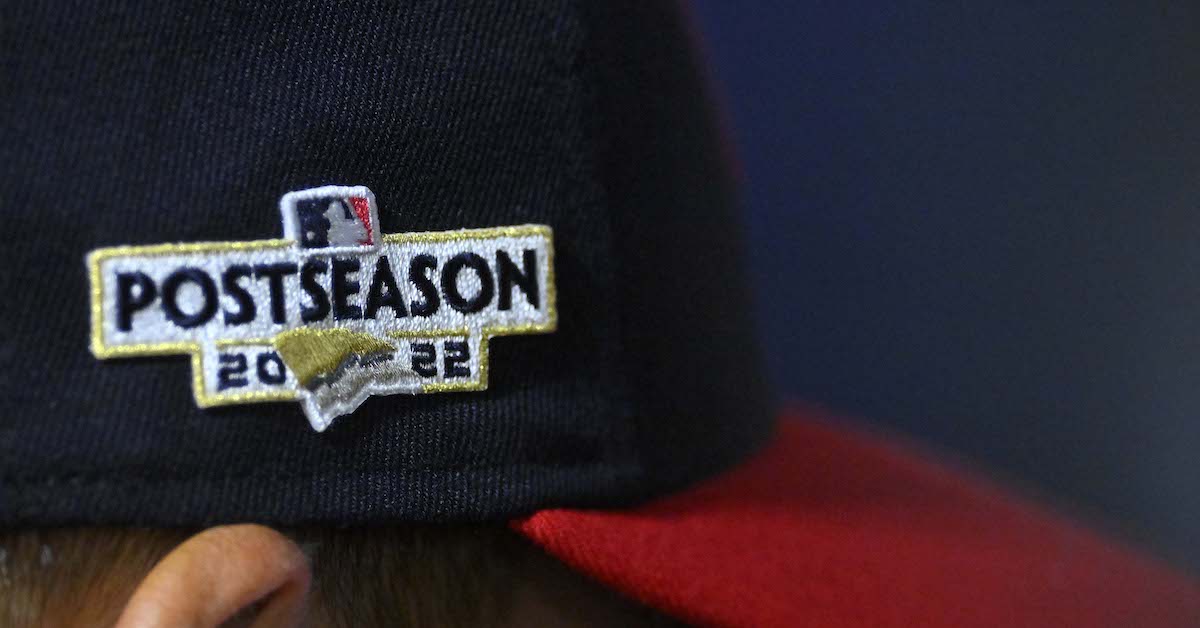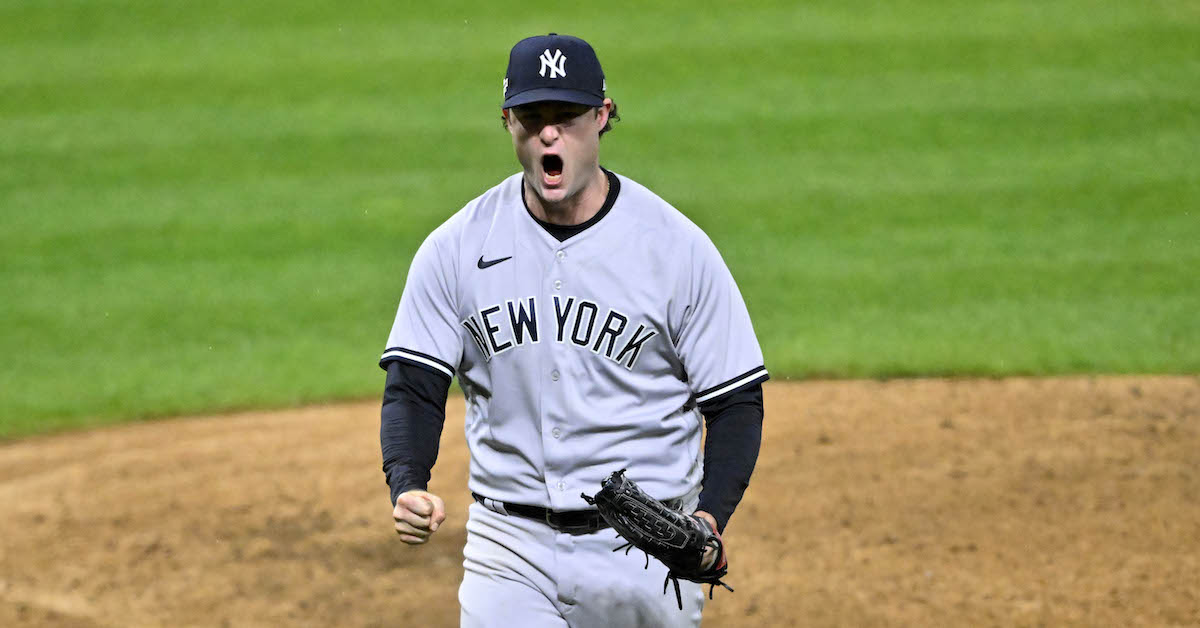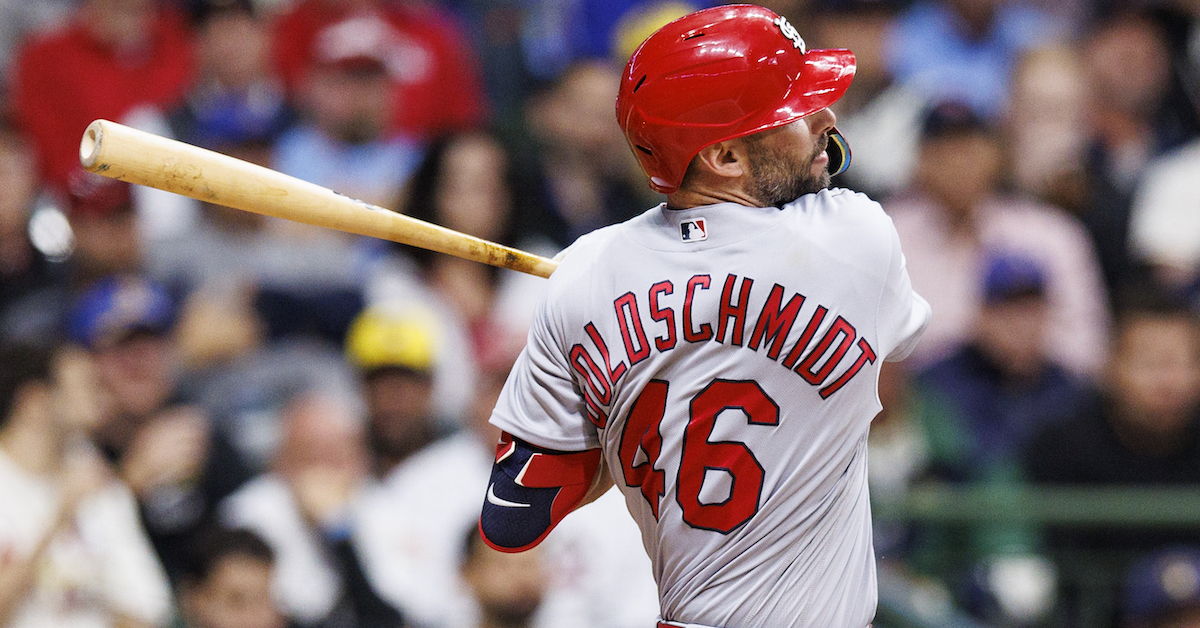Michael Wacha and the Padres Swap Risks, Contractually Speaking

Michael Wacha is a boring free agent. Don’t take it personally, Padres fans or Cardinals fans from his electrifying 2013 run; he’s still a very competent pitcher who delivered a classic playoff performance as a rookie. At this point in his career, though, he’s a competent rotation filler, a fourth or fifth starter who offers bulk innings at a reasonable rate. As Michael Baumann already detailed, that suits San Diego just fine.
Naturally, since this is the Padres, that bread-and-butter signing comes with a wildly complicated contract structure. It’s a one-year, $7.5 million deal, or a three-year, $39.5 million deal, or a four-year, $26 million deal with innings pitched bonuses — or even some fraction thereof. No word on whether it’s also Optimus Prime, but it’s certainly a transformer:
Wacha deal with Padres:
Four years, $26MSigning bonus $3.5M
2023 $4M
Club options, must be picked up simultaneously
2024 $16M
2025 $16M
If club options declined
2024 player option $6.5M
2025 player option $6M
2026 player option $6M
All exercised one at a time.— Ken Rosenthal (@Ken_Rosenthal) February 16, 2023
One thing is for sure: the Padres aren’t afraid of a little complexity. They signed Nick Martinez to a similar deal earlier in the offseason. These nested and mutually exclusive options are hard to parse, but I think they’re an interesting idea, so let’s talk through the different ways this deal could go and what it means for both Wacha and the Padres. Read the rest of this entry »







